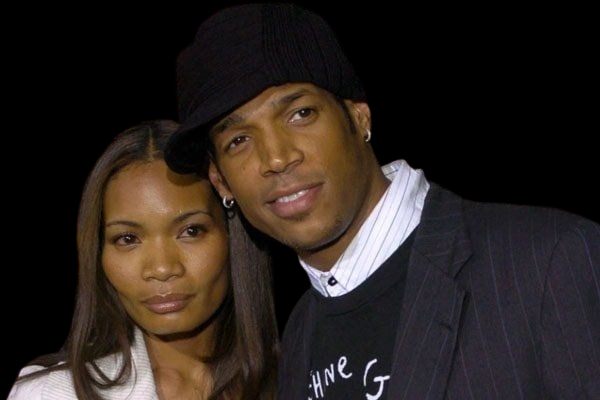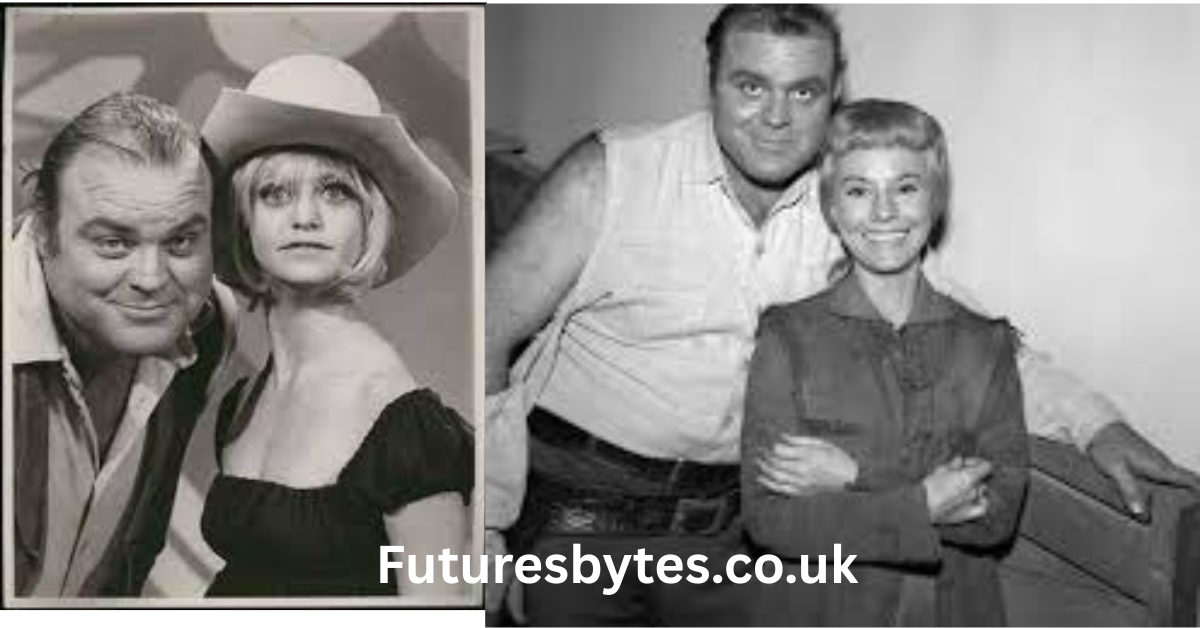Early Life and Roots
Barbara Roufs was born in 1944 in Southern California and raised in a family deeply connected to motorsports and local culture. Her father, Wayne Eldon Riley, was a motorcycle racer who competed in venues like the Kearney Bowl, while her mother, Thelma Ruby Riley, ran a beauty salon and served as an organist in local churches. Growing up surrounded by racing, motorcycles, and the beauty industry, Barbara had a unique mix of influences shaping her early years.
Entry into the Drag Racing Scene
Barbara’s debut into the world of drag racing wasn’t as a driver but as a prominent trophy girl and model during the late 1960s and early 1970s. At a time when the sport was male-dominated, she distinguished herself not only through her striking looks — straightened hair, go-go boots, and a confident presence — but also by being older than many of her peers, at about age 29 when she began making significant appearances.
Career Highlights and Public Persona
In her professional life, Barbara served as the queen of the 6th Annual U.S. Professional Dragster Championship at Orange County International Raceway and was recognized as the 1973 queen of the Professional Dragster Association (PDA). Her role went beyond presenting trophies: she interacted with fans, stood in victory lanes, and became one of the iconic faces of drag racing’s “golden era” of the early 1970s. Because of her popularity, her image was also used on merchandise and promotional materials, which increased her visibility within the sport.
Style, Image, and Cultural Impact
Barbara’s appeal wasn’t just physical; it was the combination of her style, attitude, and timing. Her signature look—long straight hair, bold go-go boots, short fashion styles—captured the spirit of the drag racing scene of the time. She played a role in how trophy girls evolved —from background sidelines to central visual figures at motorsports events. Her presence reflected a shift in how women were featured in racing—more visible, more stylized, and more integrated into the sport’s culture.
Behind the Scenes: Personal Life and Challenges
Despite her public role, Barbara’s personal life remained relatively private. She was married and had a daughter, Jet Dougherty. Her family roots in Fresno, California, and her local upbringing grounded her even as she became a national figure. Tragically, Barbara died in January 1991 at the age of 47, reportedly by suicide. The detailed circumstances surrounding her death remain unclear. The contrast between her glamorous public persona and the personal struggle she faced reflects the complexity of her story.
Legacy in Drag Racing and Motorsports
Barbara Roufs’s impact on drag racing goes beyond her visual appeal. She helped elevate the role of women in a male-dominated sport by showing that presence, personality, and professionalism mattered just as much as modeling attributes. Her career helped open doors for other women to participate more actively—whether as promotional figures, event hosts, or even taking on other roles within motorsports. She is remembered by enthusiasts not only for her looks but also for her role in a pivotal era of drag racing.
The Unspoken Lessons
Beyond trophies and photo-ops, Barbara’s story offers lessons about identity, visibility, and mental health in the sphere of motorsports and entertainment. Her early prominence and later tragedy remind us that public acclaim does not always reflect personal wellbeing. Her life underscores the importance of supporting those in high-visibility roles and remembering the human behind the image.
How She’s Remembered Today
Today, Barbara Roufs is fondly remembered by drag racing fans, retro car culture enthusiasts, and motorsports historians. Her photographs continue to circulate, her name appears in discussions of drag racing history, and she is often compared with other iconic trophy girls of that era, such as Jungle Pam (Pamela Hardy). Videos and retrospectives highlight her as a transitional figure in the sport whose presence symbolized a period of change.
Why Her Story Matters
In a broader sense, Barbara Roufs’s story is a snapshot of cultural change: how motorsports, fashion, gender roles, and media visibility intersected in the 1960s and 70s. By understanding her journey, we gain insight into how women in motorsports were marketed, how their roles evolved, and how the industry—and its audience—shifted. Her story adds depth to the often male-dominated narrative of drag racing.
Final Thoughts
Barbara Roufs may not be as widely known today as some of the drivers or team owners of her era, but her contribution is nonetheless meaningful. She brought style, prominence, and a sense of modernity to the trophy girl role and, in doing so, became an enduring figure in drag racing history. Her legacy reminds us that the sport isn’t just about engines and speed—it’s also about image, culture, and the people who made the spectacle possible. The untold story of Barbara Roufs is one of glamour, breakthrough, and poignant humanity—and it deserves to be remembered.




